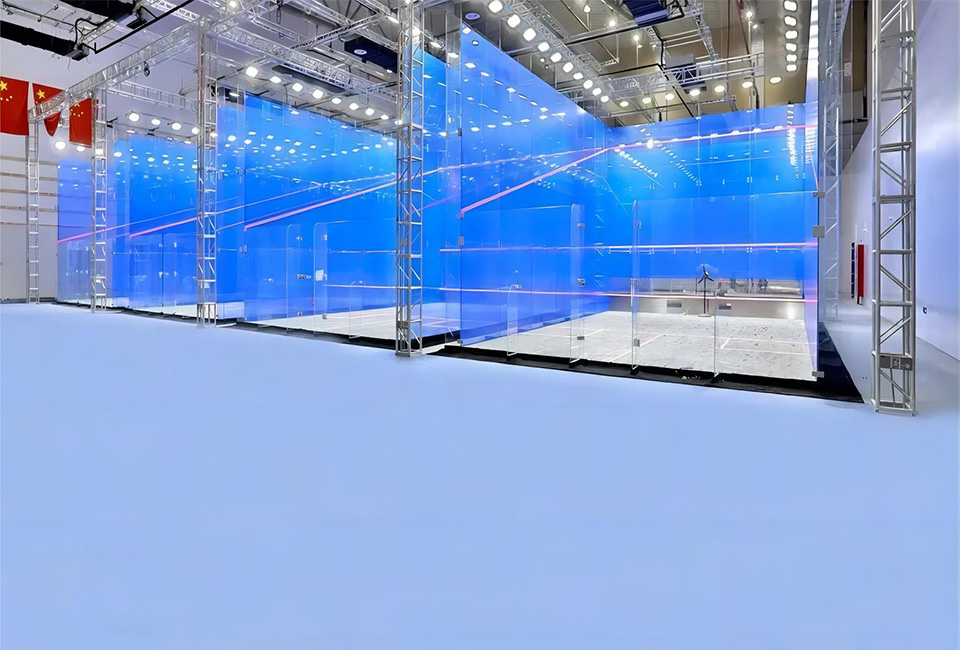

The Economics of Tennis Court Pricing
Tennis is a sport that has gained immense popularity over the years, not only as a competitive activity but also as a recreational pursuit. One of the key factors influencing participation in this beloved sport is the availability and pricing of tennis courts. Understanding the price of tennis courts is essential for both recreational players and clubs seeking to create accessible sporting environments.
When discussing tennis court prices, several factors come into play. Firstly, the type of surface can significantly affect pricing. There are generally three types of surfaces hard courts, clay courts, and grass courts. Hard courts, made of asphalt or concrete, tend to be the most common and are typically less expensive to maintain. However, clay courts, favored for their slower play and strategic advantages, can require more maintenance and investment, thus often resulting in higher pricing. Grass courts, while providing a unique playing experience, are the most expensive to construct and maintain due to their demanding upkeep, especially in varying weather conditions.
Another important consideration is the location of the court. Urban areas with a high population density often have higher court prices due to increased demand and limited space. Here, clubs and facilities may charge premium rates to accommodate the influx of players. Conversely, tennis courts in rural or less populated areas tend to be more affordable, making them accessible to a broader audience.

The pricing structure can also vary based on the amenities provided. Courts with added facilities—such as lighting for night play, showers, or seating areas—will generally charge higher fees than basic courts. For instance, clubs that offer professional coaching, organized leagues, and fitness classes may have additional costs, which will reflect in the court pricing.
Membership models are another way courts establish their pricing. Many clubs offer membership packages that include court time, access to coaches, and participation in club events. While the upfront membership fee may be steep, it can lead to lower overall costs for frequent players. On the other hand, pay-per-use models allow casual players to access courts without commitment, although this may prove more expensive for those who play regularly.
Seasonal variations can also impact tennis court prices. During peak seasons, which generally coincide with warmer weather, demand for court time increases, often leading to higher rates. Conversely, pricing may drop during off-peak seasons to attract more players, ensuring courts remain in use year-round.
In conclusion, the price of tennis courts is influenced by a multitude of factors, including surface type, location, amenities, membership options, and seasonal demand. Those looking to play tennis must be aware of these variables to make informed decisions about where and when to play. Additionally, clubs and facilities should consider these elements in their pricing strategies to ensure their offerings remain attractive, competitive, and accessible to a diverse group of players. As the sport continues to grow, understanding the economics of tennis court pricing will be crucial for players and facility managers alike.
Industrial Flooring Solutions for Factories & Racquetball Courts Safe & Durable
Premium Rubber Floor Mats Slip-Resistant, Durable & Easy Clean
Industrial Flooring Solutions for Outdoor Paddle Tennis Courts & Factories
Industrial Flooring Solutions Durable Padel Court Supplier & Installation
Rubber Composite Flooring Durable, Slip-Resistant Floor Mats
Premium PVC & Rubber Sports Flooring Shock Absorption, Slip Resistance